A missile is a self-propelled guided projectile designed to be launched into the air and directed towards a specific target. Missiles can be classified into different types based on their propulsion systems, flight paths, and intended use.
- Ballistic missiles are initially propelled by rockets and follow an unpowered, arched trajectory to reach their target. They can carry either nuclear or conventional warheads and are classified into short-range, medium-range, intermediate-range, and long-range missiles.
- Cruise missiles are unmanned, self-propelled guided missiles that maintain low, horizontal flight paths to avoid anti-missile systems. They have significant payload capacity and high precision. Cruise missiles can be launched from air, land, ship, or submarine. They are classified as subsonic, supersonic, or hypersonic based on their speeds.
- Quasi-ballistic missiles combine features of both ballistic and cruise missiles. They initially follow a ballistic trajectory and then transition to a low-altitude, highspeed cruise trajectory.
- Hypersonic missiles are designed to travel at speeds equal to or greater than Mach 5. They are highly maneuverable and can alter their flight paths. Hypersonic weapons can be in the form of hypersonic glide vehicles, hypersonic cruise missiles, or hypersonic aircraft. Missiles play a crucial role in defence technology, providing nations with the ability to strike targets accurately and efficiently across various ranges.
Types of missiles
These are the different types of missiles: Ballistic missiles, Cruise Missiles, Quasi-ballistic missiles and Hypersonic missiles. One by one discuss below:
Ballistic Missiles
How does Ballistic missiles work?
Ballistic missiles are initially propelled by rockets and follow an unpowered, arched trajectory to reach their target. These missiles are capable of carrying either nuclear or conventional warheads. Launch platforms include ships and land-based facilities. Notable examples from the Indian defence arsenal are Prithvi I, Prithvi II, Agni I, Agni II, and Dhanush.
Classification of Ballistic Missiles
- Short-range: Tactical missiles with a range less than 1,000 kilometres.
- Medium-range: Theatre missiles with a range between 1,000 and 3,000 kilometres.
- Intermediate-range: Missiles with a range between 3,000 and 5,500 kilometres.
- Long-range: Intercontinental or strategic missiles with a range exceeding 5,500 kilometres.
Three Stages of Ballistic Missile Flight
- Boost Phase: Starts at launch and ends when rockets cease firing; usually lasts three to five minutes and occurs within the atmosphere.
- Midcourse Phase: Follows the boost phase, comprises the longest portion of the flight; ICBMs can reach speeds around 24,000 kilometres per hour.
- Terminal Phase: Begins when warheads re-enter Earth’s atmosphere and ends upon impact; strategic warheads can exceed speeds of 3,200 kilometres per hour.
Cruise Missiles
How does Cruise missiles work?
Cruise missiles are unmanned, self-propelled guided missiles with significant payload capacity and high precision. They maintain low, horizontal flight paths to avoid anti-missile systems. These can be launched from air, land, ship, or submarine.
Classification of Cruise Missiles
- Subsonic cruise missiles: Travel below the speed of sound, approximately at 8 Mach. Example: Tomahawk missile of the USA.
- Supersonic cruise missiles: Travel at speeds between 2-3 Mach, with high kinetic energy due to their speed and warhead mass. Example: BrahMos missile.
- Hypersonic cruise missiles: Travel at speeds exceeding 5 Mach; under active development in several countries.
Quasi-Ballistic Missiles
How does quasi-ballistic missile work?
A quasi-ballistic missile incorporates features of both ballistic missiles and cruise missiles. Specifically, it follows a ballistic trajectory during the initial portion of its flight.
Subsequently, it transitions to a low-altitude, high-speed cruise trajectory. This hybrid flight path allows the missile to take advantage of the benefits of both ballistic and cruise missile technologies.
Hypersonic Missiles
How does hypersonic missile work?
A hypersonic missile is designed to travel at speeds equal to or greater than Mach 5, which is approximately 1 to 5 miles per second or 1.6 to 8.0 km/s. What distinguishes these missiles from ballistic missiles is their manoeuvrability. Unlike ballistic missiles that adhere to a predetermined course, hypersonic missiles have the capability to alter their flight paths.
Types of Hypersonic Weapons
Hypersonic weapons come in various forms:
- Hypersonic Glide Vehicle (HGV): These are warheads that, following an initial ballistic launch, manoeuvre and glide through the atmosphere at hypersonic speeds.
- Hypersonic Cruise Missile: These missiles utilize air-breathing engines such as scramjets to achieve hypersonic speeds.
- Hypersonic Aircraft: Similar to hypersonic cruise missiles, these aircraft also employ air-breathing engines like scramjets to reach high velocities. Russia has claimed its first use of the Kinzhal hypersonic missile in the Ukraine conflict, targeting a large underground arms depot in western Ukraine. The missile, capable of speeds exceeding Mach 5, was likely launched from a MiG-31 warplane.
Countries with Hypersonic Missiles as of 2023
- United States: Actively developing and testing, $3.8 billion budget for 2022.
- China: Possesses operational missile, focus on cruise missiles and glide vehicles.
- Russia: Research since the 1980s, deployed missile in Ukraine in 2019.
- India: Entered hypersonic research in September 2020.
- Other Developed Countries: Australia, France, Germany, and Japan in development phase.
- Nascent Research Countries: Iran, Israel, and South Korea conducting foundational research.

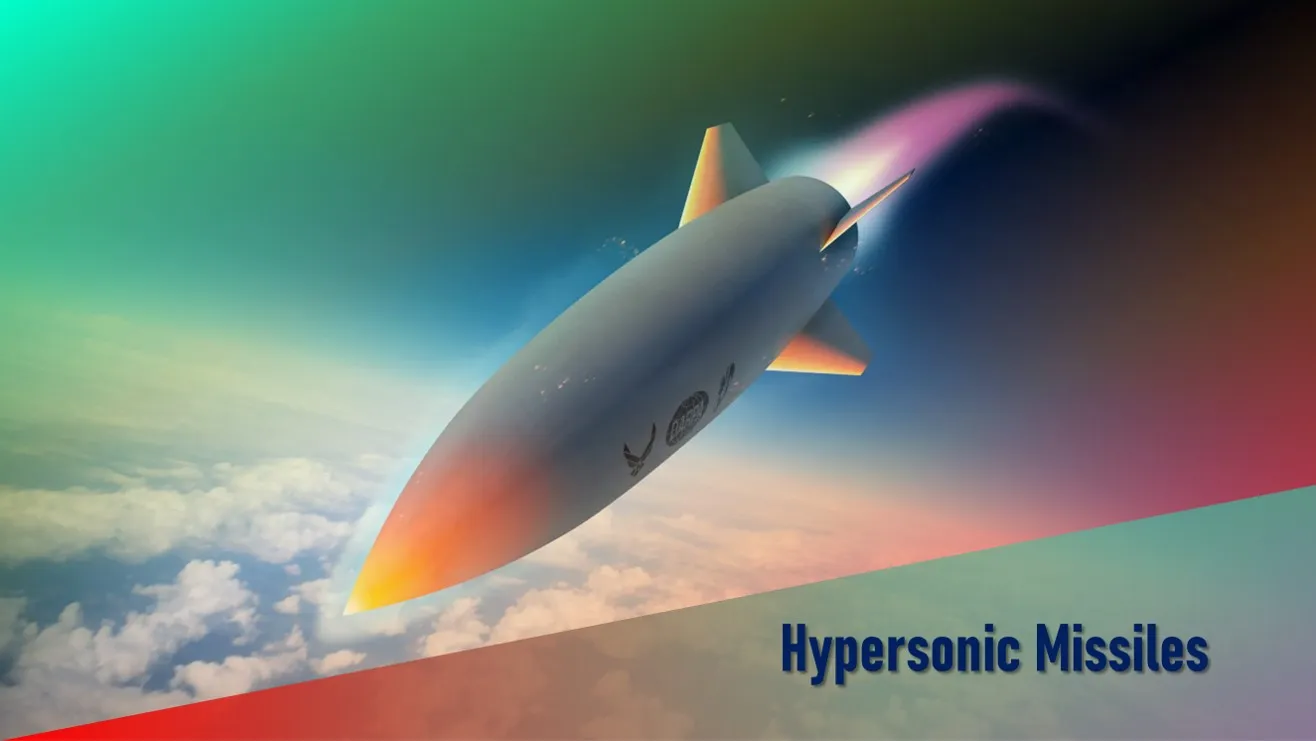

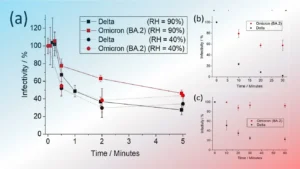

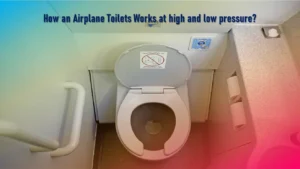
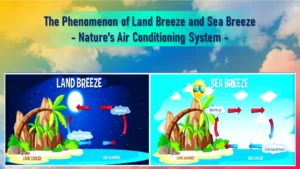
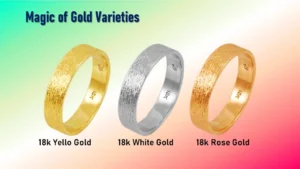




1 thought on “What is Missiles and how does it works?”
Comments are closed.